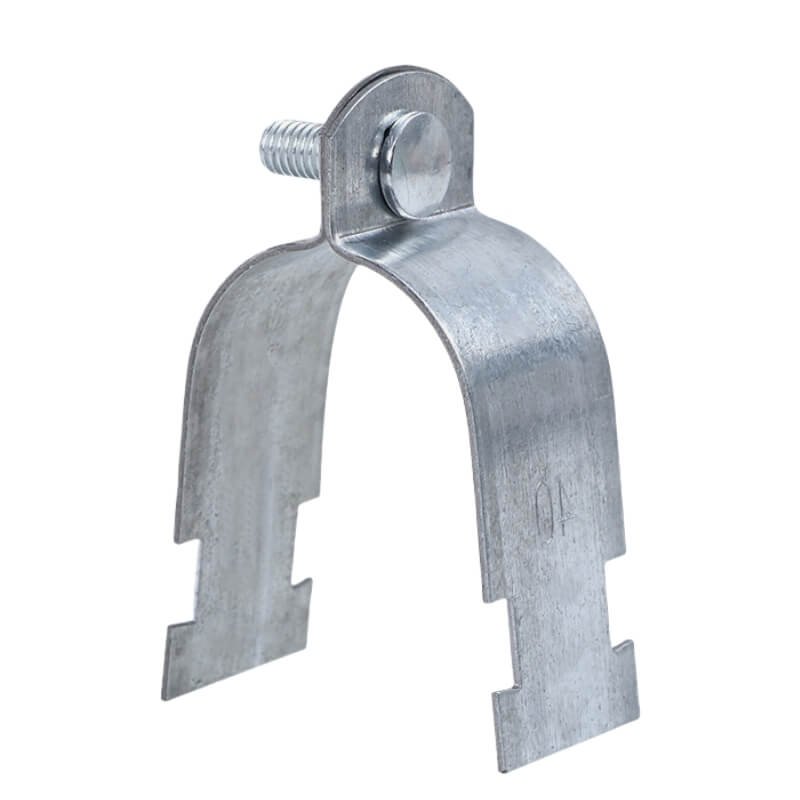
Fasteners, such as screws, bolts, and nuts, are essential components in industries ranging from construction and automotive to aerospace and renewable energy.
Among the most popular materials used in fastener production are stainless steel and carbon steel.
But how do you decide which one is best for your needs? In this comprehensive guide,
we’ll explore the differences between stainless steel and carbon steel fasteners, their applications, and the advantages and disadvantages of each.
The Ultimate Guide to Fastener,
Description: Discover the key differences between stainless steel and carbon steel fasteners,
their applications, and how to choose the right material for your project.
When it comes to selecting the right fastener for your project, the material is one of the most critical factors to consider.
Fasteners, such as screws, bolts, and nuts, are essential components in industries ranging from construction and automotive to aerospace and renewable energy.
Among the most popular materials used in fastener production are stainless steel and carbon steel. But how do you decide which one is best for your needs?
In this comprehensive guide, we’ll explore the differences between stainless steel and carbon steel fasteners, their applications, and the advantages and disadvantages of each.
Stainless steel fasteners are renowned for their corrosion resistance, making them ideal for applications in harsh environments.
This material contains a minimum of 10.5% chromium, which forms a protective oxide layer on the surface, preventing rust and corrosion.
Key Advantages:
Corrosion Resistance: Perfect for outdoor, marine, or chemical-exposed environments.
Aesthetic Appeal: Stainless steel fasteners have a sleek, polished look, making them suitable for visible applications.
Durability: They maintain their strength and integrity over time, even in extreme conditions.
Common Applications:
Marine equipment
Food processing machinery
Medical devices
Architectural structures
However, stainless steel fasteners are generally more expensive than carbon steel options, and they may not be necessary for all projects.
Carbon steel fasteners are widely used due to their strength, affordability, and versatility.
These fasteners are made from an alloy of iron and carbon, with varying carbon content affecting their hardness and tensile strength.
Key Advantages:
High Strength: Carbon steel fasteners are incredibly strong, making them suitable for heavy-duty applications.
Cost-Effective: They are more affordable than stainless steel, making them a popular choice for large-scale projects.
Versatility: Available in various grades, such as low, medium, and high carbon steel, to suit different needs.
Common Applications:
Automotive manufacturing
Construction and infrastructure
Industrial machinery
Renewable energy systems
One drawback of carbon steel fasteners is their susceptibility to corrosion. However, this can be mitigated through coatings like zinc plating or galvanization.
To make an informed decision, it’s essential to understand the key differences between these two materials:
Corrosion Resistance: Stainless steel outperforms carbon steel in corrosive environments.
Strength: Carbon steel is generally stronger and more durable under heavy loads.
Cost: Carbon steel is more budget-friendly, while stainless steel offers long-term value in harsh conditions.
Weight: Stainless steel is slightly heavier, which may be a consideration in weight-sensitive applications.
Selecting the right material depends on your project’s specific requirements. Here are some factors to consider:
Environment: Will the fastener be exposed to moisture, chemicals, or extreme temperatures?
Stainless steel is the better choice for corrosive environments.
Load Requirements: For heavy-duty applications, carbon steel’s superior strength makes it the ideal option.
Budget: If cost is a concern, carbon steel fasteners provide excellent value without compromising performance.
Aesthetics: For visible applications, stainless steel’s polished finish offers a more attractive appearance.
The fastener industry is continually evolving, with advancements in materials and coatings enhancing performance and longevity.
For example, the development of duplex stainless steel offers even greater strength and corrosion resistance,
while eco-friendly coatings are becoming more popular in carbon steel fasteners.
By staying informed about these trends, you can make smarter decisions and ensure your projects are built to last.
The Ultimate Guide to Fastener,Choosing between stainless steel and carbon steel fasteners doesn’t have to be complicated.
By understanding their properties,
advantages, and applications, you can select the right material for your specific needs.
Whether you prioritize corrosion resistance, strength, or cost-effectiveness, both materials offer unique benefits that can enhance the success of your project.
For more expert insights and high-quality fasteners, explore our marketplace today!
Keywords: stainless steel fasteners, carbon steel fasteners, fastener materials, corrosion-resistant fasteners, high-strength
No. 51-3, Park South Road, Qingyang Town, Jiangyin City, Jiangsu Province, China
To make it easier for you to receive a quote, simply leave your information, and we will contact you as soon as possible.